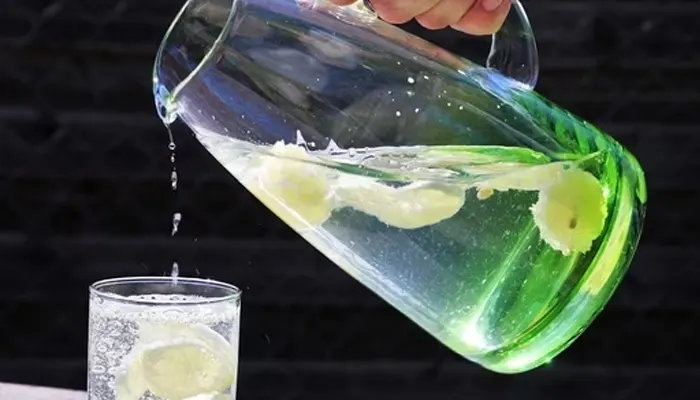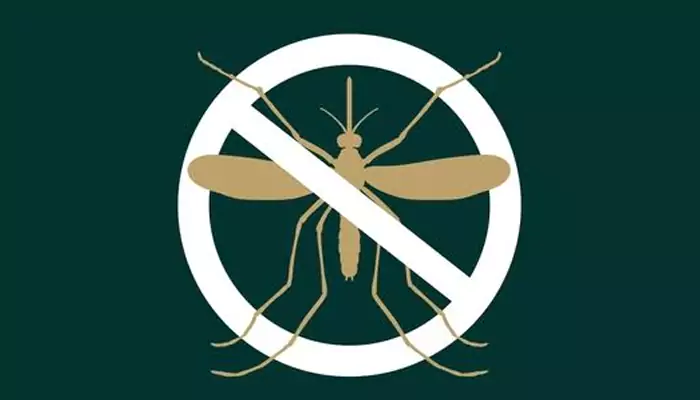Microplastics Contaminate All Indian Salt and Sugar Brands: Examining Their Health Risks and Impact on Wellbeing
- Devyani
- 1 year ago
- 4 minutes read

According to a recent study released on Tuesday, all Indian sugar and salt brands, regardless of their size or packaging, are contaminated with microplastics. The research is titled “Microplastics in Salt and Sugar” and has been shepherded by ‘Toxics Link’- an environmental organization. It has examined ten types of salt, including table salt, local raw salt, rock salt, sea salt, and five varieties of sugar purchased from local and online markets. The study's findings have confirmed that all the Indian brands of salt and sugar harbor various forms of microplastics in them including fibers, fragments, pellets, and films. The size of these particles ranges from 0.1 mm to 5 mm. The highest levels of microplastics have been found in iodized salt which are present in multicolored thin fibres and films.
What are Microplastics?

Plastics don’t decompose the way food and paper do. Rather, they break down into more and more tinier pieces. When these fragments become so small that they are less than five millimeters- say the width of a small paperclip- we term those fragments as microplastics.
Microplastics that are even smaller than a micrometer are classified as nanoplastics. These fragments are tiny enough to penetrate the cell walls.
What are the Health Impacts of Microplastics?
A study conducted in 2024 revealed that microplastics can elevate the chances of heart attack and other cardiovascular issues in patients with heart disease. The tiny plastic fragments can double the risk of stroke or heart attack in an individual.
Researchers have found the presence of microplastics in almost every part of the human body, including the stomach and the lungs.
The blood vessels on either side of the neck, which carry the blood from the heart to the brain and head, can be contaminated with microplastics. This phenomenon in patients with heart diseases can double the risk of heart attacks and strokes, as published in the New England Journal of Medicine. Individuals with microplastics in their blood vessels are more likely to die within just three years compared to those who are not contaminated with microplastics in their carotid arteries.
The presence of microplastics has been detected all around the world- including Antarctica, the depths of the Atlantic Ocean, and even in the atmosphere.

Depending on the source of the plastic, it has been found that microplastics can contain toxic chemical additives that have been used during the manufacturing process. If one of these chemicals attaches to microplastics, upon entering the body, they can play havoc with the hormonal and reproductive systems. Furthermore, if microorganisms of pollutants cling to these microplastics, they can cause significant harm to the body.
Scientists have studied the impact of microplastics on animals. When microplastics have been researched in mice, it has been shown that the contamination can lower testosterone levels and sperm quality, disrupt the gut microbiome, and impair learning and memory abilities.
Since plastic is one of the most used materials globally, microplastics have crept their way into almost everything- including water, animal products, and even the air that we breathe.
Due to their extremely small size and their extensive presence in almost everything found in nature, there are no guaranteed precautionary measures to keep microplastics from contaminating you. However, there are still certain steps you can take to minimize their entry into your body.
Tips to Reduce Exposure
Clean Your Room Regularly
Make sure you are dusting and vacuuming your house daily. This will help cut down the microplastics that are present in the air, the air you breathe!
Steer Clear from Disposable Plastic Bottles
Avoid drinking from disposable plastic bottles. If there’s no other way, then keep the bottle away from the sun, in a cool and dry environment. Disposable plastic bottles degrade readily due to temperature changes and friction.
Drink Filtered Water

Due to the pervasive nature of water pollution, microplastics can be found even in your drinking water. A proper home water filter should be used to ensure that the water you are drinking is safe.
Don’t Use Plastic Cutting Boards
Choose other alternatives like wood, steel, or glass.
Use Glasswares for Microwaving Your Food
Use a glass container instead of a takeaway or plastic container. Plastic containers can release millions of microplastic particles and contaminate your meal.












